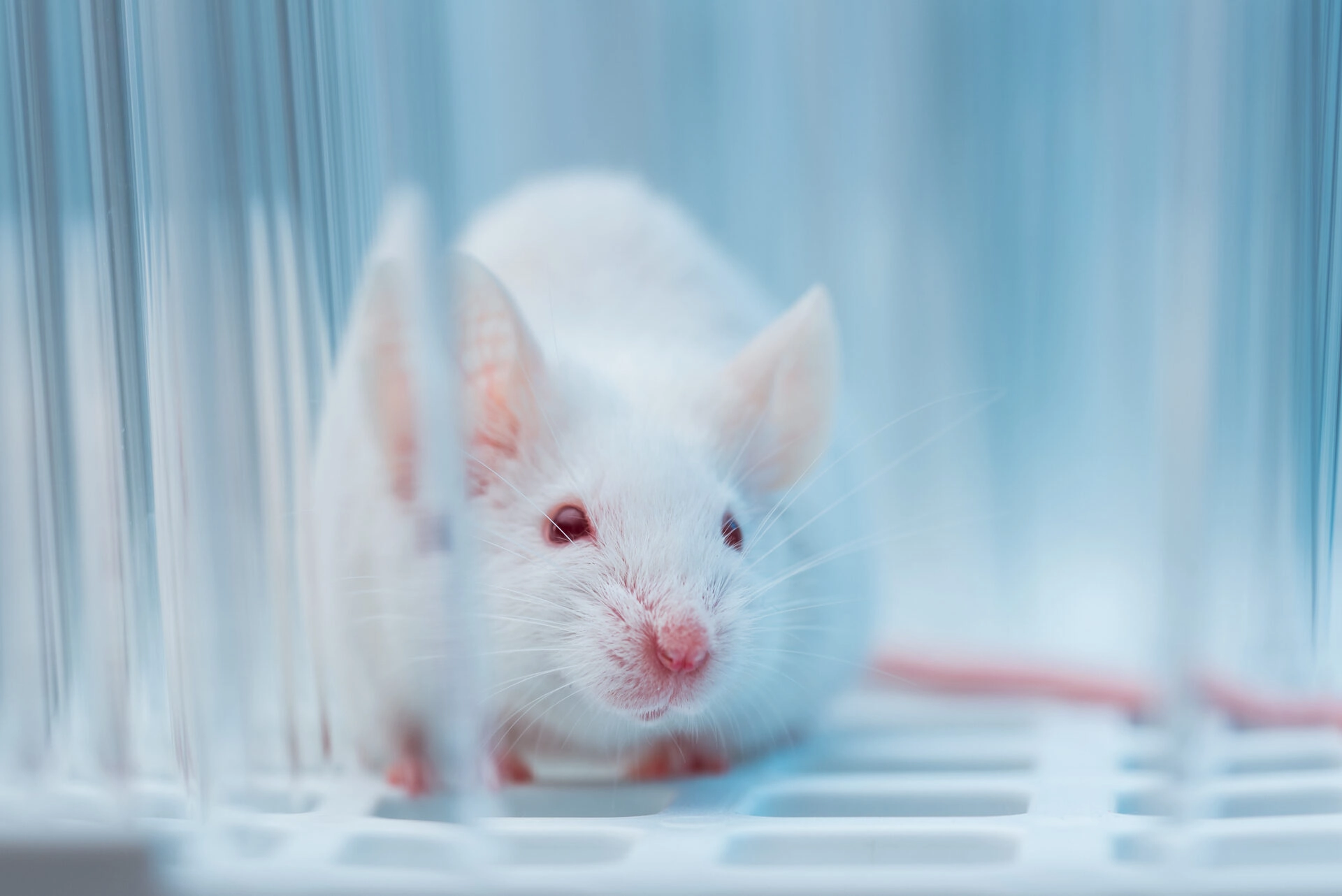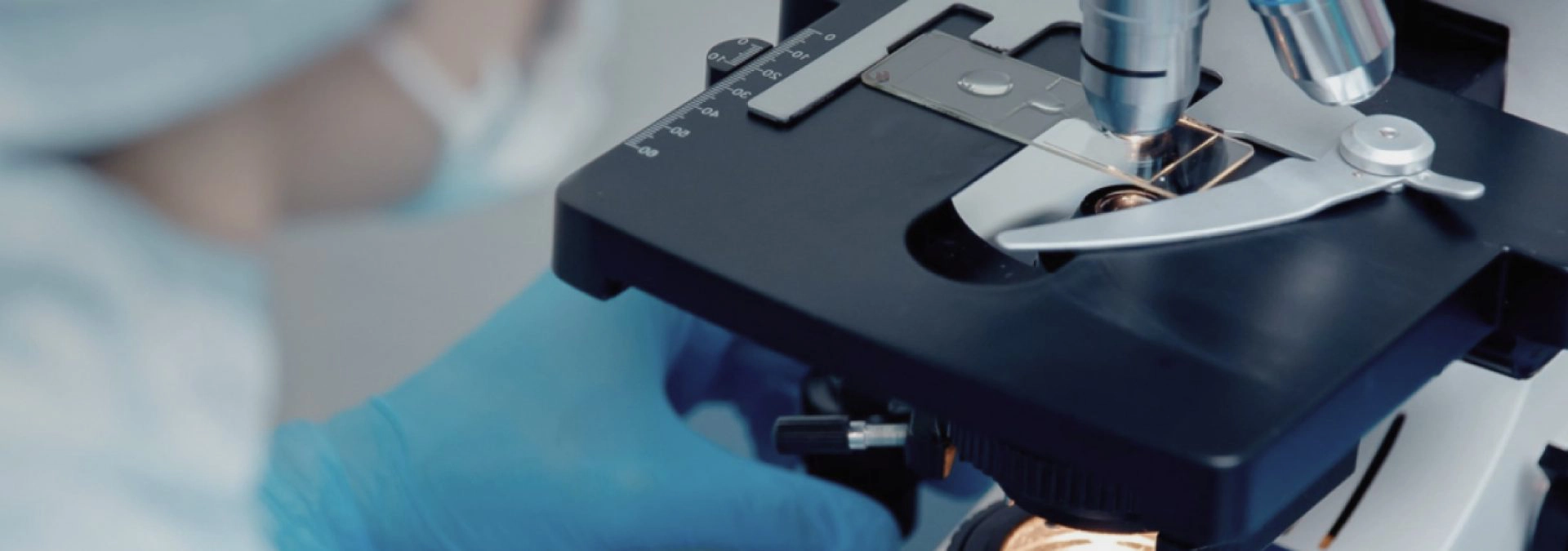
Double Humanized Mouse Model (Human Immune System + Liver)
Access to a fully humanized immune system and liver in the same animal model
Contact usThis advanced model combines human liver engraftment with a reconstituted human immune system in the same TK-NOG animal, providing a comprehensive and fully humanized in vivo platform. It enables the simultaneous evaluation of antiviral efficacy and immune-mediated mechanisms, accurately reflecting the complex interplay observed in patients.
Ideal for next-generation HBV therapies, this model supports the investigation of both direct-acting antivirals and immune-based strategies within a single, physiologically relevant system. Additionally, it offers a powerful platform for studying MASH (metabolic dysfunction-associated steatohepatitis), allowing the exploration of both metabolic and immunological contributors to disease progression and treatment response.
Main characteristics
-
Double Double Humanization Process
The double humanization process combines two distinct engraftment procedures in the same TK-NOG mouse to reconstitute both the human immune system and liver. First, TK-NOG mice are treated with Ganciclovir, which activates the thymidine kinase (TK) gene, selectively inducing apoptosis of mouse hepatocytes. This creates a niche for intrasplenic injection of healthy human hepatocytes, enabling stable liver engraftment. Approximately eight weeks post-engraftment, the level of human albumin in the blood is measured as a quality control marker for liver humanization. In parallel, mice undergo hematopoietic stem cell (HSC) transplantation. Using our optimized protocol, high-purity CD34⁺ HSCs derived from umbilical cord blood are administered following busulfan pre-conditioning (chemoablation). This approach avoids irradiation and supports robust multilineage reconstitution of the human immune system, including T cells, B cells, monocytes, macrophages, NK cells, and dendritic cells.
-
Preclinical Applications
This mouse model is particularly well-suited for studying complex diseases such as HBV and MASH, where both immune and hepatic components play critical roles. This model enables simultaneous assessment of antiviral efficacy, immunomodulation, metabolic impact, and hepatotoxicity - delivering highly translatable insights to support next-generation therapeutic development.
Uncover disease areas for your humanized mouse studies
-
Hepathotoxicity
Evaluate potential liver toxicity of your therapeutic in a human liver environment, using primary hepatocyte-engrafted mice.
See the disease model -
MASH
Study the progression of metabolic-associated steatohepatitis and evaluate therapeutic candidates in a human liver context and/or in the presence of a fully functional human immune system.
See the disease model -
HBV
Model hepatitis B virus infection in vivo using human liver-engrafted mice to evaluate anti-viral compound and/or liver cell targeted therapies.
See the disease model
Contact us to have more information
Contact us